Stellantis Seeks McKinsey’s Help for Alfa Romeo and Maserati
U.S. Tariffs Prompt Rethink of Italian Luxury Strategy
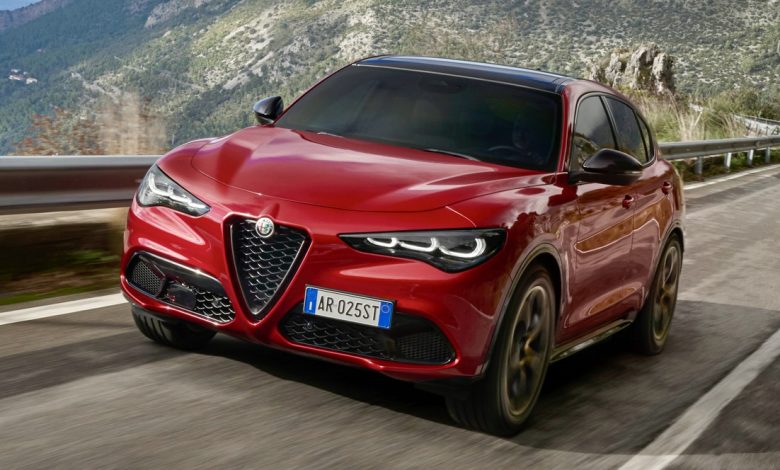
Stellantis is tapping into some outside help to figure out the future of its struggling luxury brands—Alfa Romeo and Maserati. According to people close to the situation, Stellantis has brought in consulting giant McKinsey & Co. to offer strategic advice as the automaker faces mounting pressure from rising U.S. tariffs and sluggish brand performance.
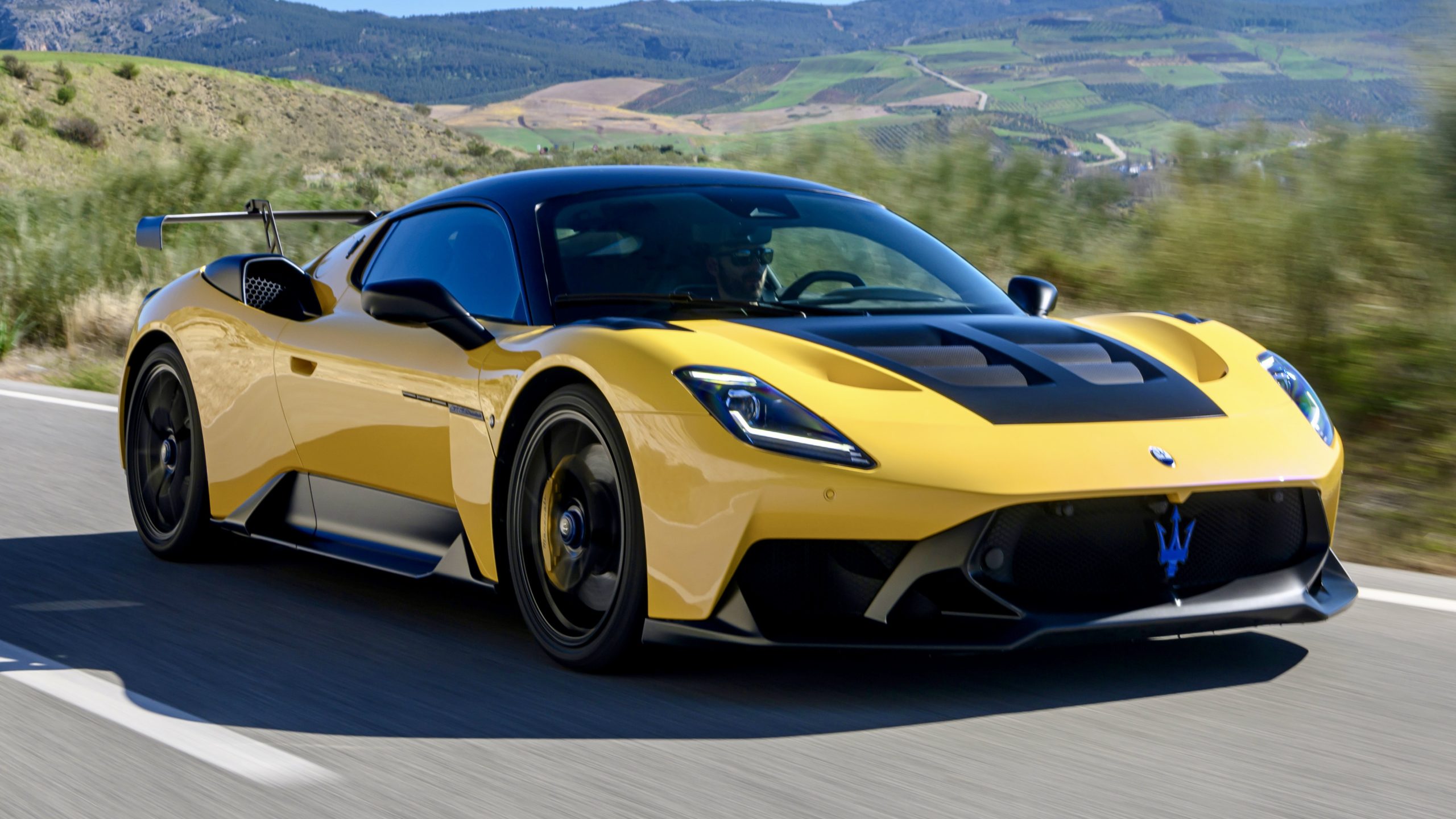
Stellantis Chairman John Elkann reportedly asked McKinsey to look into all options, including possible technology partnerships or even spinning off Maserati in the long run. While a few Asian automakers have shown some interest, sources say those talks are still early and nothing is close to being finalized.
A spokesperson for the two brands confirmed that McKinsey was asked to evaluate the potential impact of the recently announced 25% auto tariffs by President Donald Trump. On Wednesday announced a 90-day pause on most of the reciprocal tariffs on imports he announced last week — but the hold does not include a suspension of 25% tariffs on imported autos and auto parts into the U.S. The spokesperson declined to share any more details.
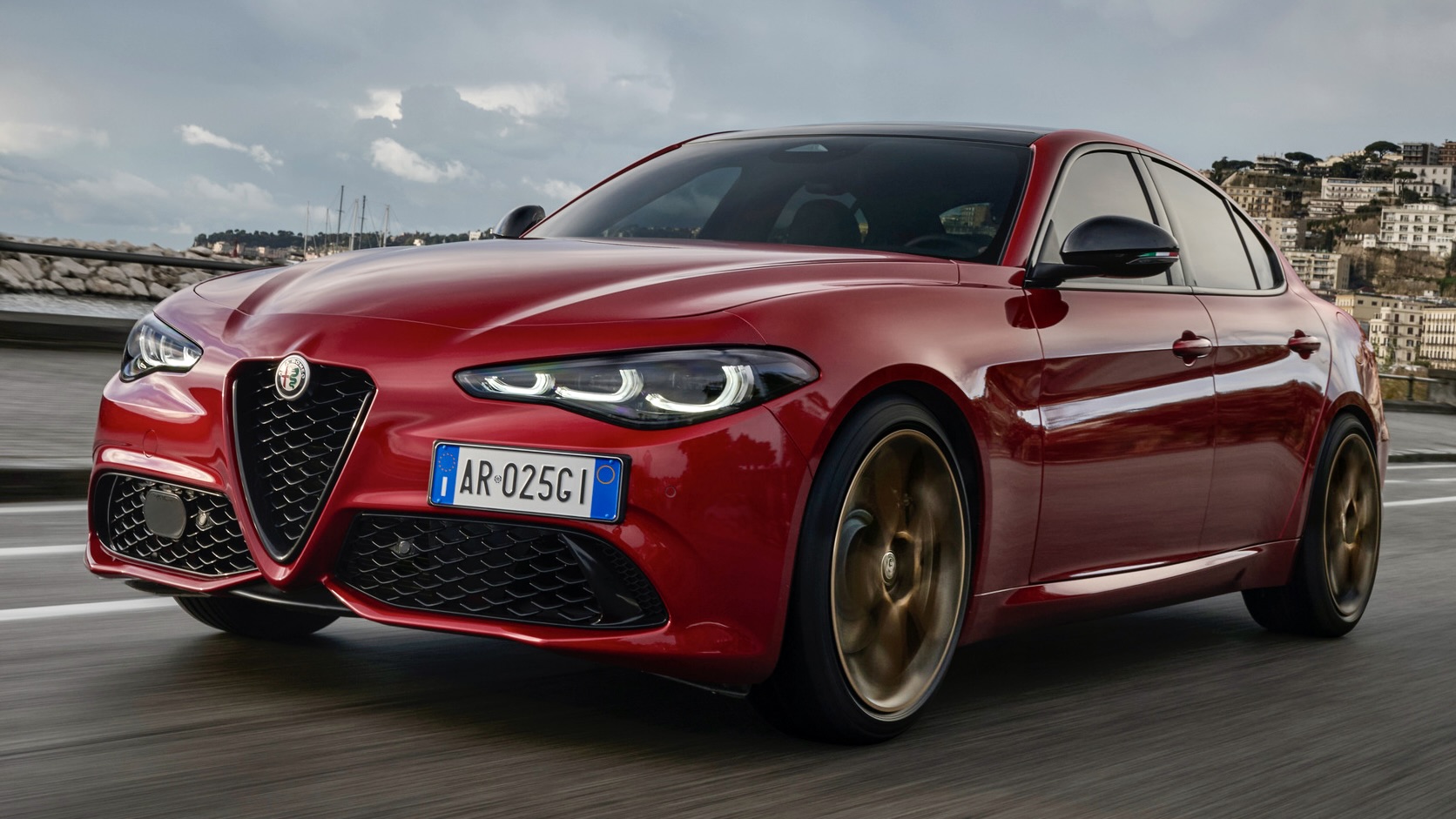
While the stock market reacted positively—Stellantis shares jumped nearly 4% in Milan—the bigger picture remains troubling. The company’s stock is still down about 33% this year. The concern? Those new tariffs could take a serious bite out of Stellantis’ earnings, especially considering that Alfa Romeo and Maserati import every car they sell in the United States.
Roughly 35% to 40% of Maserati’s buyers are here in the U.S., and not a single car is made on American soil. That’s a major problem if tariffs stick around. Maserati CEO Santo Ficili recently told reporters that all their models are built in Europe, with no immediate plans for U.S. production.
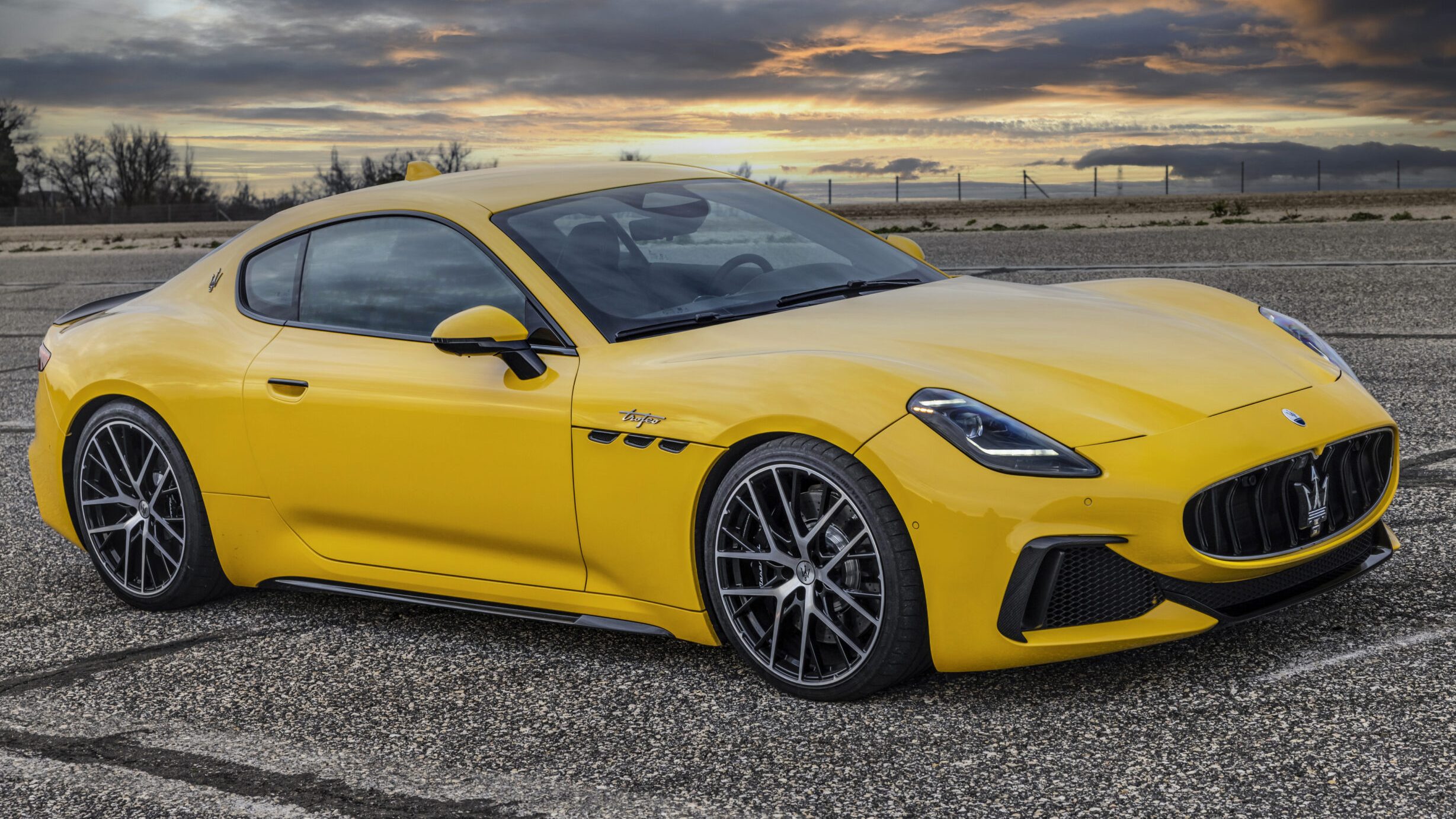
Adding to the urgency, Maserati posted an adjusted operating loss of €260 million ($285 million) last year, after sales were cut in half. To boost margins, the company has begun focusing more on high-end customization to attract wealthier buyers with its Fuoriserie program.
Behind the scenes, Stellantis is also trying to rebuild its standing with the Italian government by shifting Maserati production to underutilized factories in Italy. That move comes after years of cost-cutting under former CEO Carlos Tavares, who moved some operations to cheaper locations—sparking backlash from unions, dealers, and even government officials in Europe.

In the U.S., Stellantis is trying to hold its ground by slashing prices, increasing incentives, and beefing up its vehicle lineup. But with trade tensions rising and luxury imports under fire, the road ahead for Maserati and Alfa Romeo looks far from smooth.
So while nothing is set in stone yet, the message is clear: Stellantis knows something’s got to give—and they’re betting McKinsey can help figure out what.

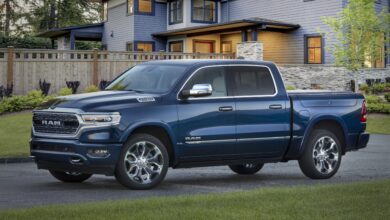
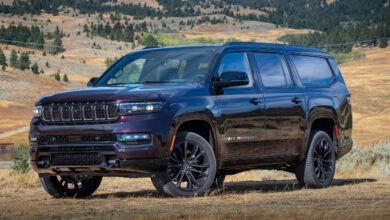
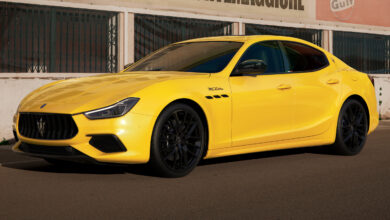
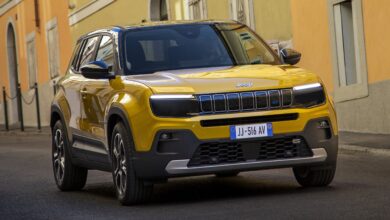
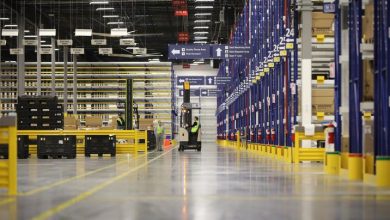
5 replies
Loading new replies...
Join the full discussion at the Mopar Insiders Forum →